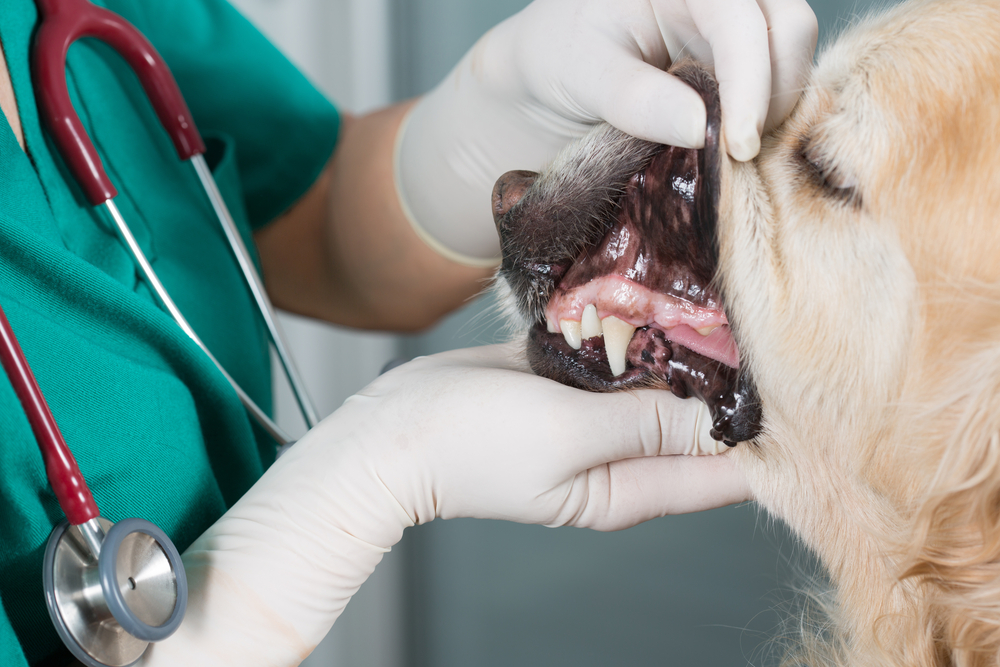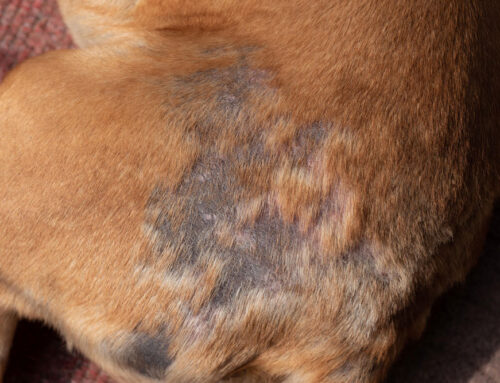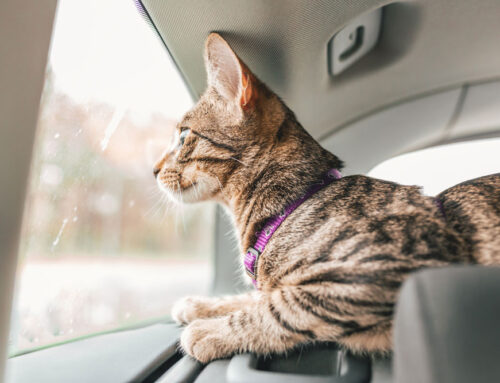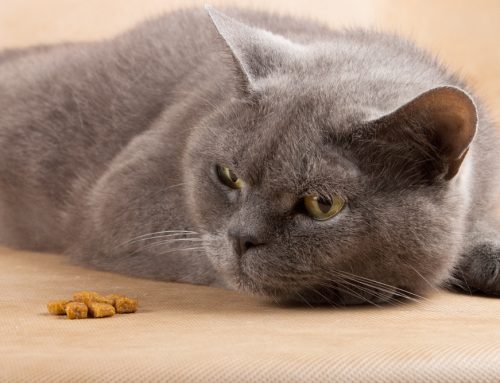Prevention is the best medicine when it comes to your pet’s teeth. Staying on top of routine dental care and oral hygiene is the easiest way to prevent loose teeth, tartar buildup, gingivitis, or necessary extractions.
How periodontal disease forms in your pet
Periodontal disease starts with a bacterial film coating the teeth, causing plaque to build up. As this plaque accumulates, it turns into tartar, which is the thick, hard layer of yellow or brown material on your pet’s teeth. These slabs of tartar irritate the gums, leading to redness and swelling.
Eventually, dental disease can progress far enough to cause bleeding gums and exposed tooth roots. Your dog or cat may have difficulty eating, drooling, exceptionally bad breath (worse than your standard case of dog breath), or loose teeth. Dental disease doesn’t affect just your pet’s mouth, it can harm her whole body: When the gums become diseased enough to bleed, bacteria can enter the bloodstream and attack the heart, lungs, liver, and kidneys.
Dental care at home
With such a vast assortment of veterinary dental care products lining the shelves of pet supply stores, it is easy to become overwhelmed. There are a few key points to keep in mind while shopping for your pet’s dental health products:
1. Make sure that all dental products you are considering contain the Veterinary Oral Health Council (VOHC) seal. This seal is onlyawarded to dental products that meet the standards set by the VOHC for delaying plaque and tartar accumulation. Products can make any claim they want about their effectiveness on their packaging, even if their claims aren’t true. For maximum dental benefits, stick with VOHC-approved products, including:
- Dental chews
- Toothbrushes
- Toothpastes
- Dental treats
- Dental diets
- Tooth wipes
- Water additives
- Gels
- Sprays
3. Keep your pet’s toothbrush and dental care products in the same cabinet as all the other “happy items.” Store these objects with leashes, toys, treats, and chews to help your pet develop a positive association with them.

Dental care at the vet
While dental care at home is important for your pet’s overall health and well-being, sometimes genetics, physical traits of certain breeds, and older pets need some extra help keeping their teeth healthy. Dental disease is most common in smaller breeds, such as Yorkshire terriers, Chihuahuas, and dachshunds.
Some kitties can also have significant dental disease, like resorptive disease, a painful condition leading to lesions in the teeth. These lesions have an unknown cause, and ultimately end up damaging most, if not all, of the teeth.
So, what does it mean when we tell you that your pet needs to have a professional dental cleaning or procedure?
Steps of a dental procedure
- Pre-anesthesia bloodwork will be done to verify that your pet is healthy enough to be placed under anesthesia.
- During the procedure, your pet will be placed under general anesthesia. This is safest for both your pet and the veterinary professional completing the dental cleaning and obtaining the dental X-rays. Because most of the tartar buildup actually occurs beneath the gum line, a thorough and effective cleaning cannot be conducted without placing your pet under anesthesia. The anesthesia also ensures your pet doesn’t feel the pain and discomfort associated with an effective dental procedure.
- Once your pet is asleep, a dental chart is filled out. Any damaged, diseased, missing, and loose teeth are noted, along with any pockets in the gums.
- Full-mouth dental X-rays provide the best picture of what is happening below the gum line in your pet’s mouth and can check for tooth root issues or bone loss.
- After a complete dental picture is established, the tartar is scaled off your pet’s teeth.
- Once the teeth are pearly white and all traces of tartar are removed, they are polished to remove any rough surfaces where future plaque might cling.
Questions about recommended pet dental products? Think your pet might be suffering from dental disease? Call our hospital at 937-866-5949.









Leave A Comment